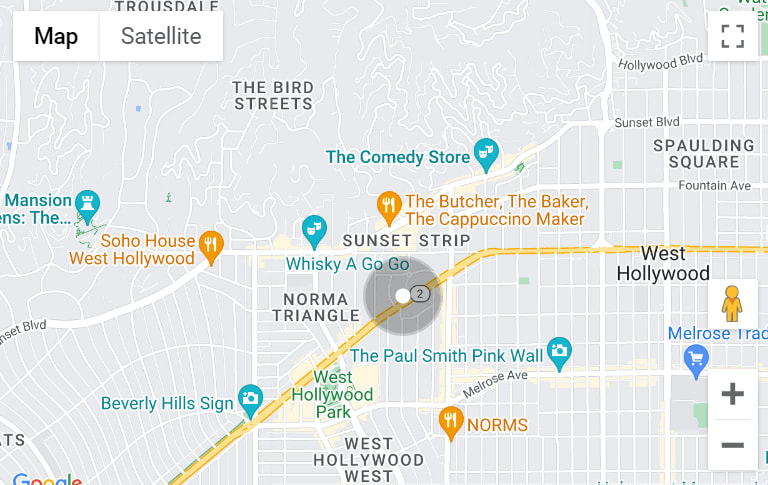Recent Blog Post
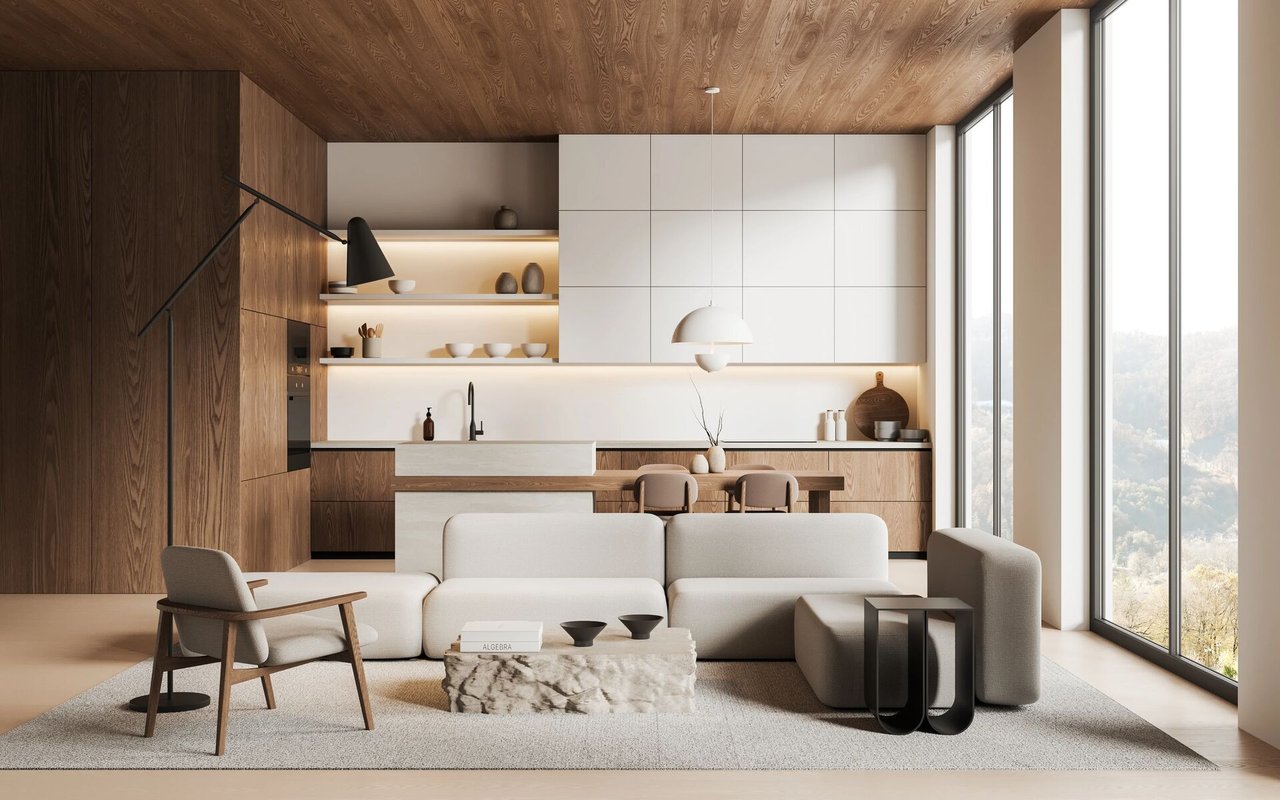
Architecture Maryann Schicketanz
Architecture Maryann Schicketanz
The balance between the natural and the built environment is the chief theme that architects confront in practicing their ...
Read Post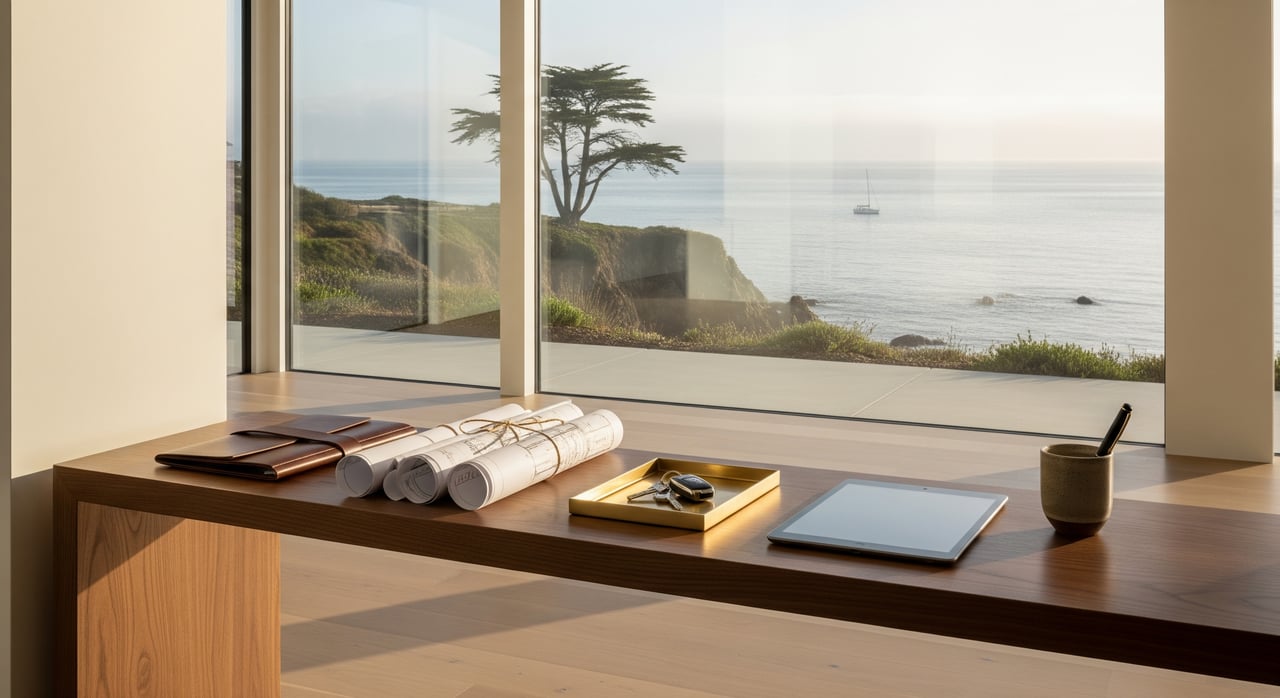
New To Monterey? Utilities, Permits And Services Setup
New To Monterey? Utilities, Permits And Services Setup
Read Post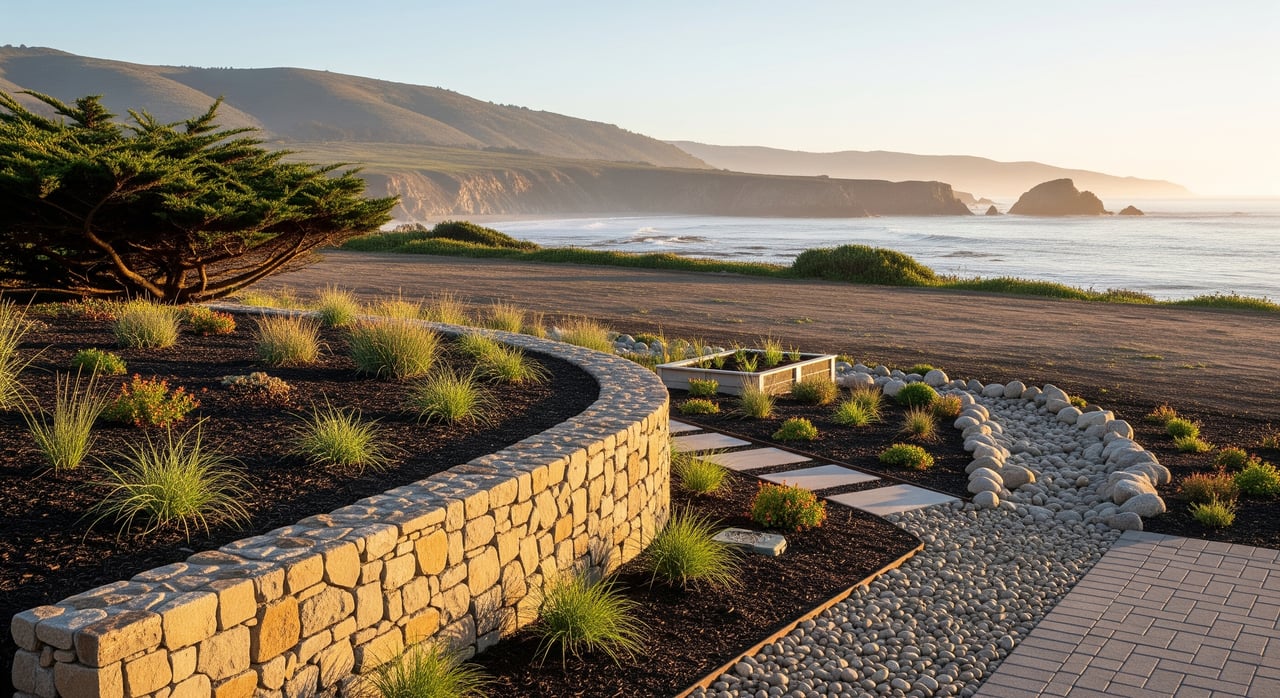
Coastal Drainage And Erosion Tips For Monterey Lots
Coastal Drainage And Erosion Tips For Monterey Lots
Read Post
Top Outdoor Activities to Experience in Carmel Valley, CA
Lifestyle
Top Outdoor Activities to Experience in Carmel Valley, CA
Discover the Best Ways to Enjoy Nature in Carmel Valley
Read Post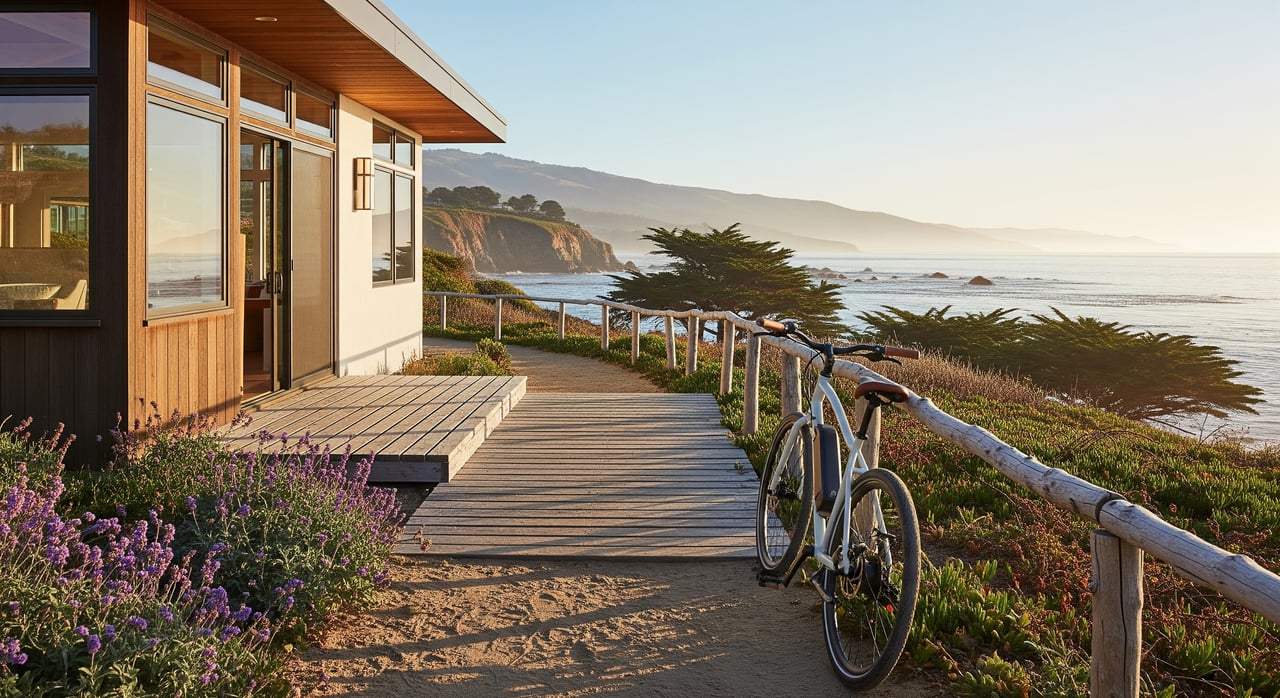
Car‑Light Living In Monterey Using The Coastal Trail
Car‑Light Living In Monterey Using The Coastal Trail
Read Post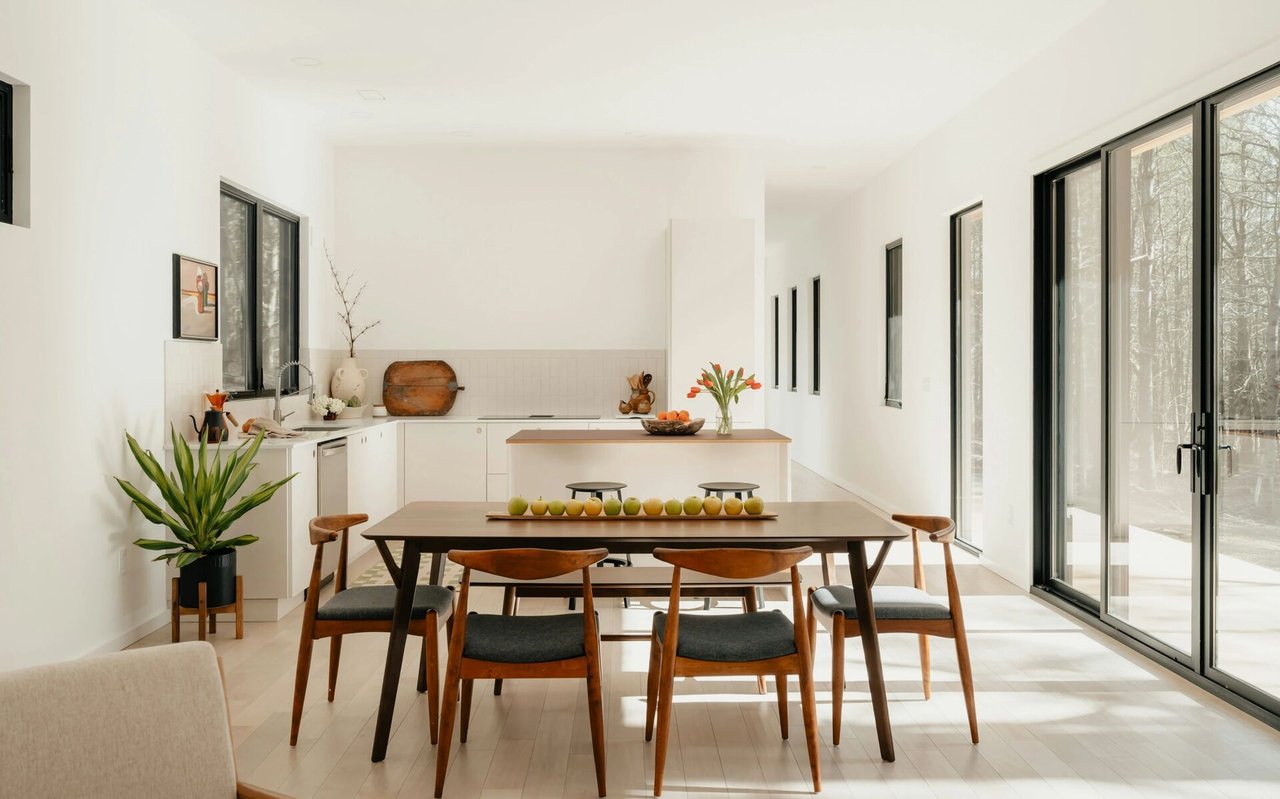
Interview - The Beginnings
Interview - The Beginnings
Preserve interviewed Tom and Dave for a discussion of their original vision, the process of seeing it through.
Read Post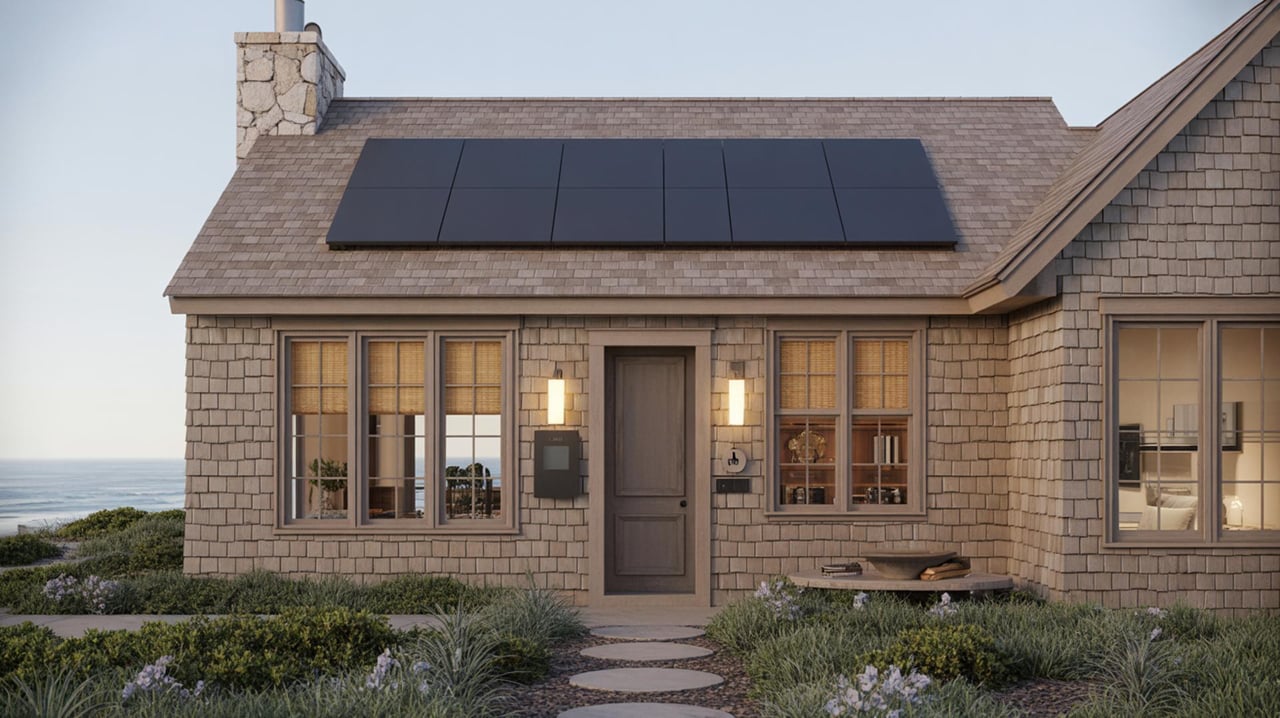
Smart Home Upgrades Every Carmel-by-the-Sea Homeowner Needs
Real Estate
Smart Home Upgrades Every Carmel-by-the-Sea Homeowner Needs
Essential Smart Home Upgrades for Carmel-by-the-Sea Residents
Read Post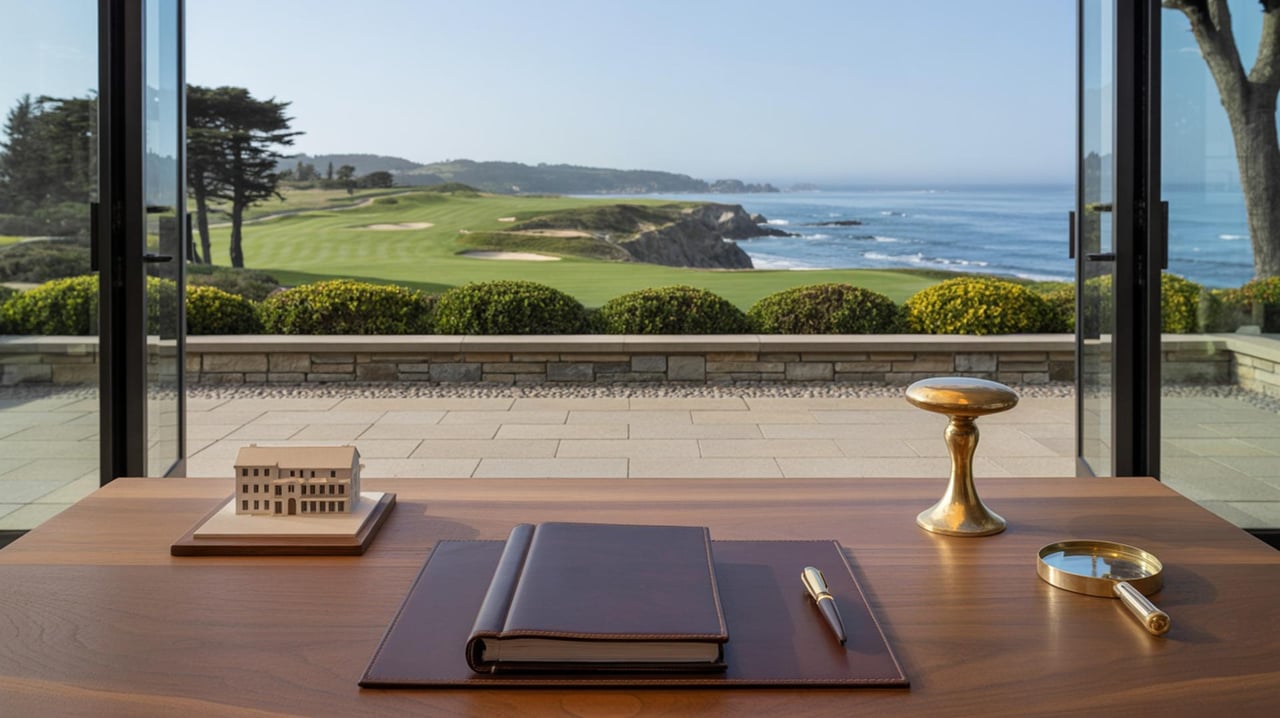
How to Build Home Equity Faster in Pebble Beach, CA
Real Estate
How to Build Home Equity Faster in Pebble Beach, CA
Strategies to Boost Your Property's Value in Pebble Beach
Read Post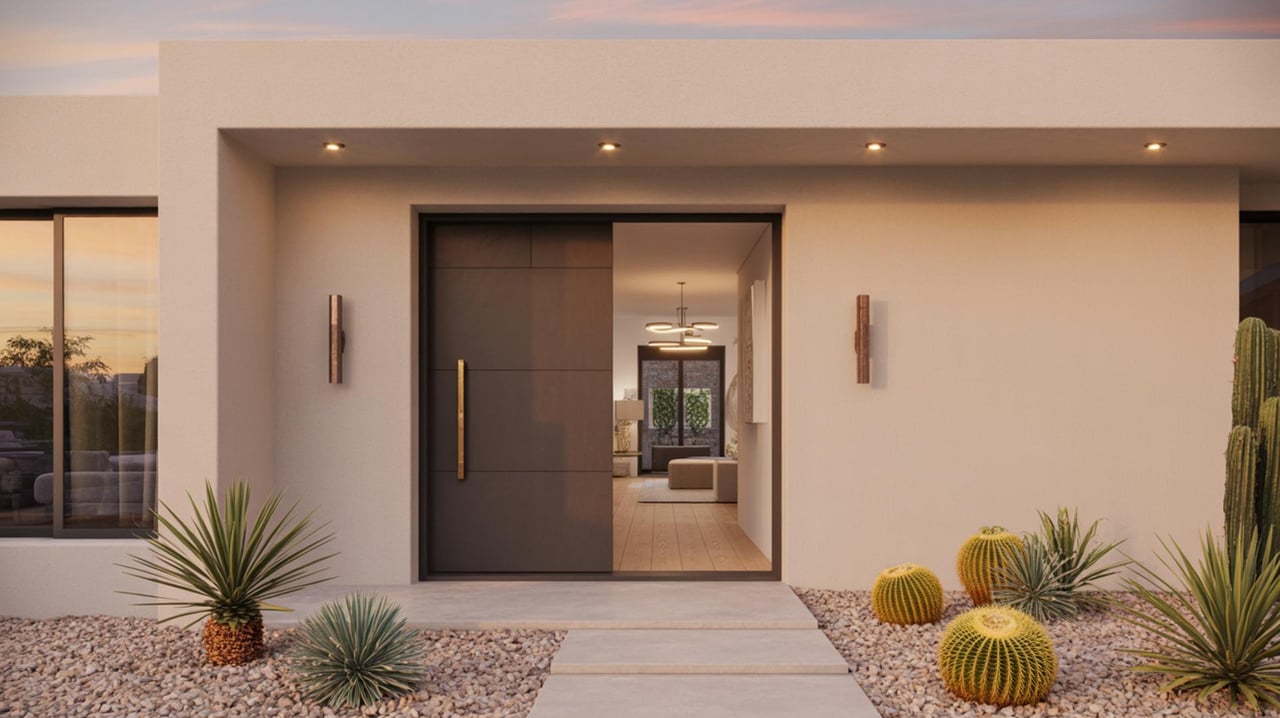
Unexpected Low-Cost Upgrades With the Highest ROI
Real Estate
Unexpected Low-Cost Upgrades With the Highest ROI
Maximize Your Home's Value in [City Name] Without Breaking the Bank
Read Post
Essential Smart Home Upgrades for Carmel-by-the-Sea Homeowners
Real Estate
Essential Smart Home Upgrades for Carmel-by-the-Sea Homeowners
Practical Smart Home Upgrades to Boost Comfort, Security, and Energy Efficiency for Carmel-by-the-Sea Homeowners
Read Post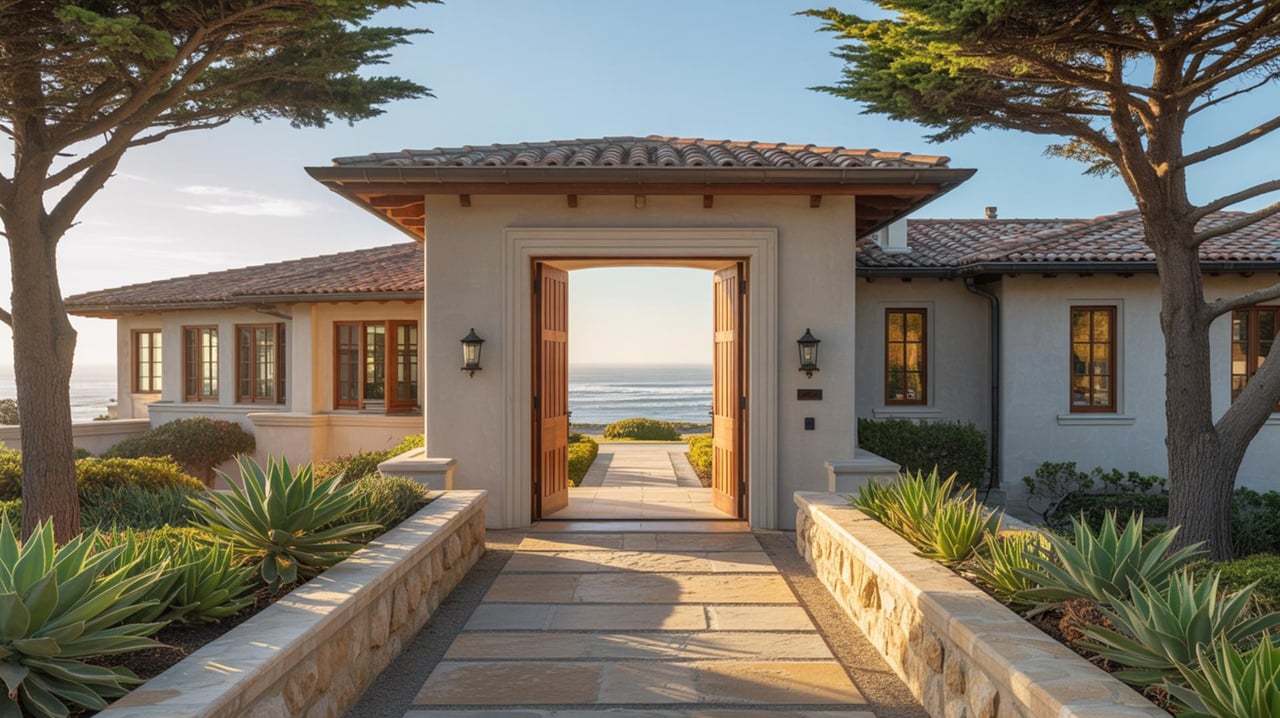
Key Questions to Ask During an Open House in Monterey, CA
Real Estate
Key Questions to Ask During an Open House in Monterey, CA
Essential Considerations for Homebuyers in Monterey
Read Post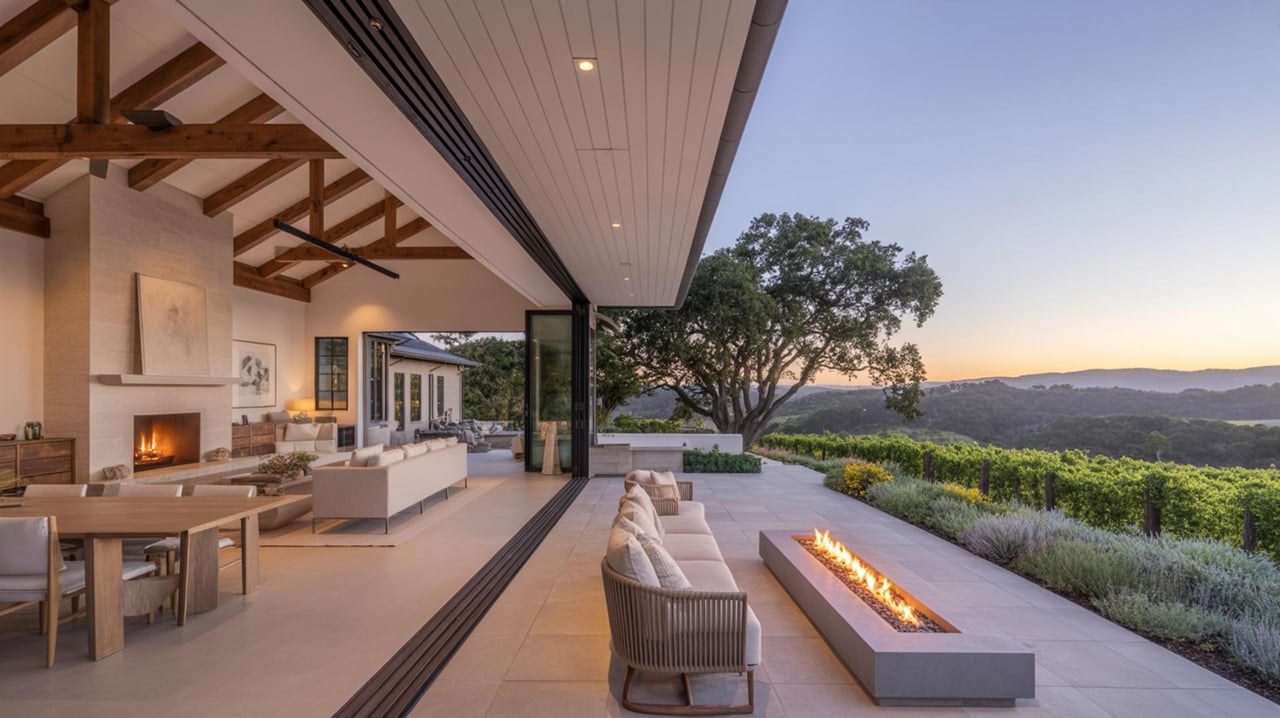
Home Design Trends in Carmel Valley, CA
Real Estate
Home Design Trends in Carmel Valley, CA
Exploring the Latest Innovations and Styles in Carmel Valley Home Design
Read Post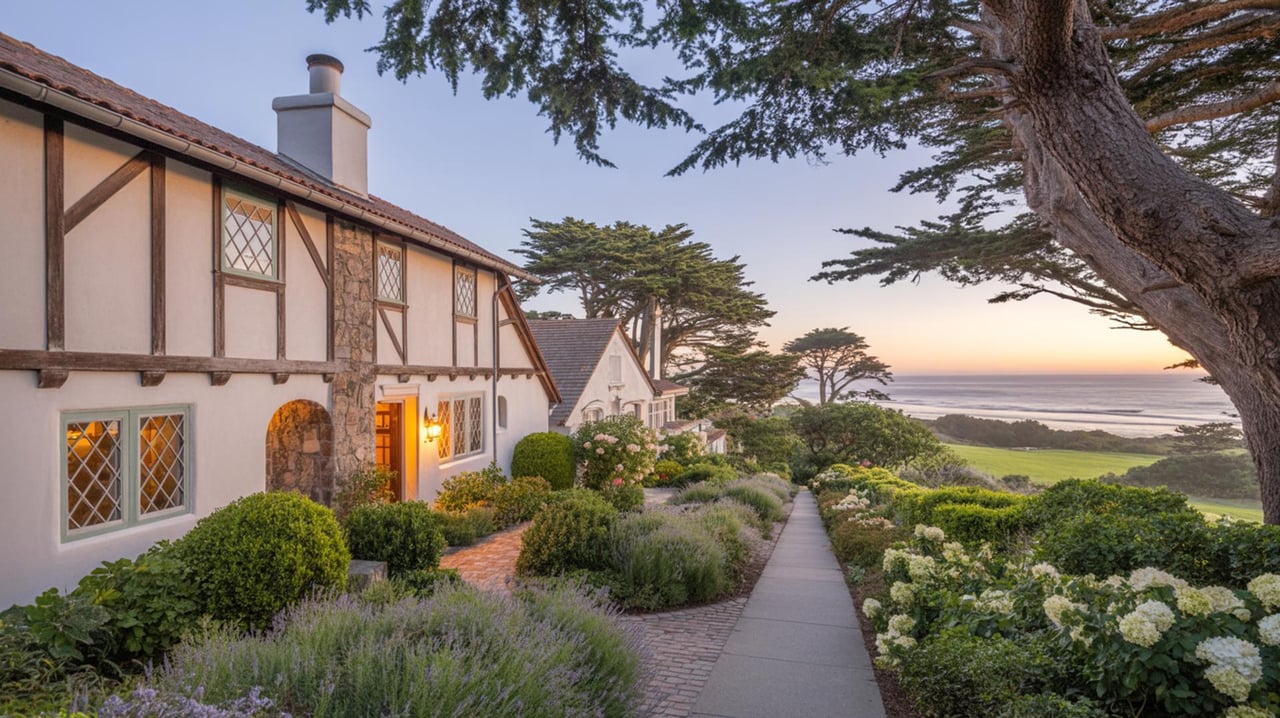
Choosing the Best Neighborhood in Carmel-by-the-Sea
Real Estate
Choosing the Best Neighborhood in Carmel-by-the-Sea
Discover Top Tips for Finding Your Ideal Community in Carmel-by-the-Sea
Read Post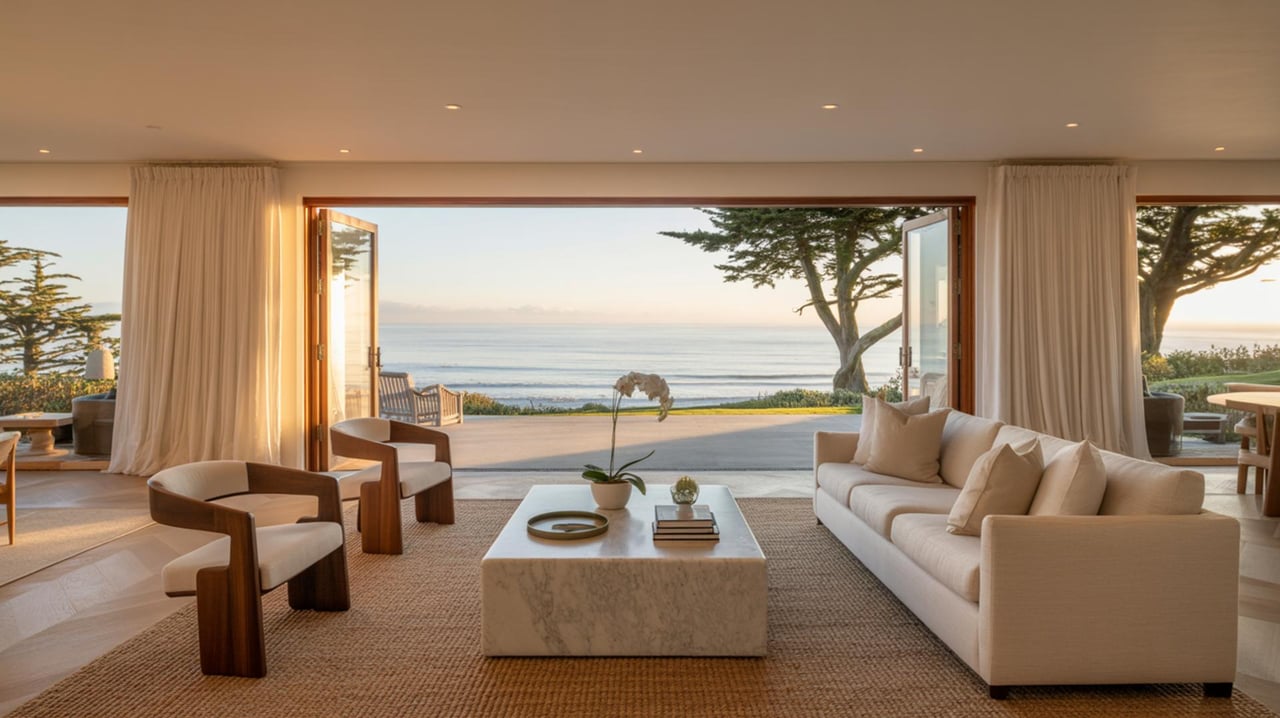
Staging Tips for a Quick Sale in Pebble Beach, CA
Real Estate
Staging Tips for a Quick Sale in Pebble Beach, CA
Essential Home Staging Strategies to Attract Buyers in Pebble Beach
Read Post
Your Guide to Buying a Home in Pebble Beach, CA
Real Estate
Your Guide to Buying a Home in Pebble Beach, CA
Discover Essential Tips and Insights for Home Buyers in Pebble Beach
Read Post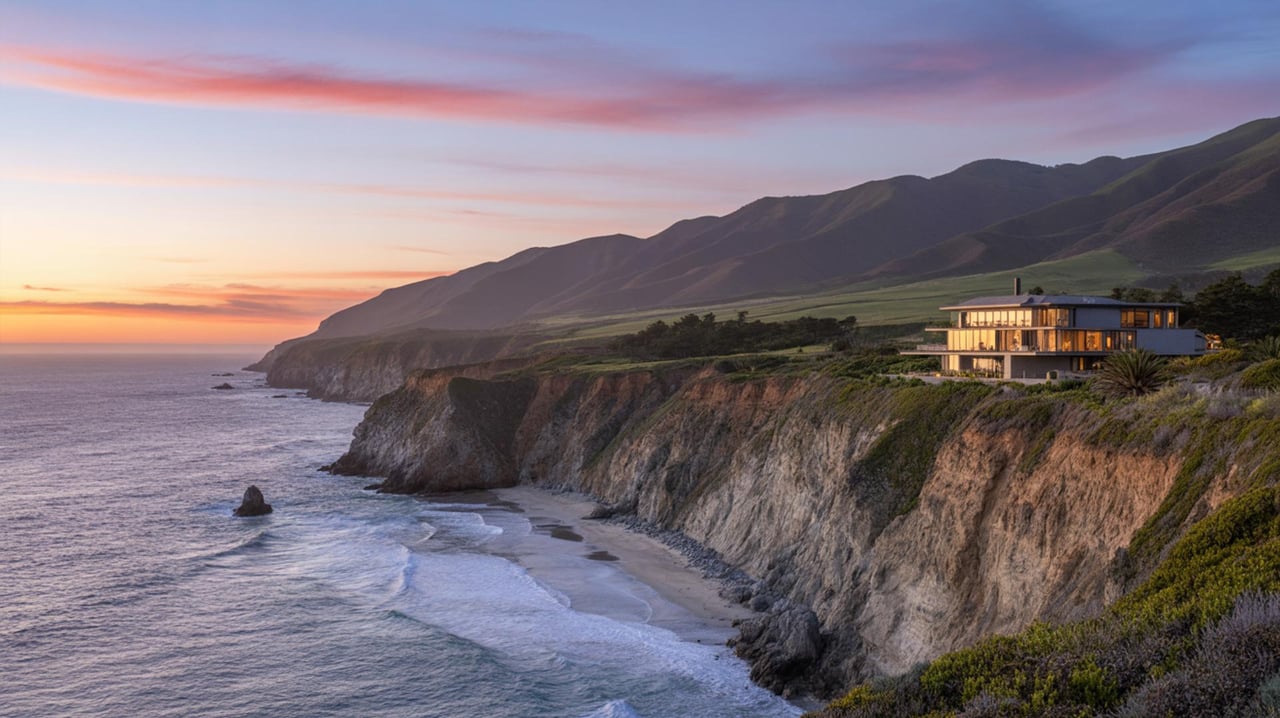
What You Need to Know About the Big Sur Real Estate Market
Real Estate
What You Need to Know About the Big Sur Real Estate Market
Insights and Tips for Navigating the Big Sur Real Estate Scene
Read Post
Exploring Backcountry - Alan Drew
Exploring Backcountry - Alan Drew
In any season, adventure is only a few steps away, but each season presents different advantages.
Read Post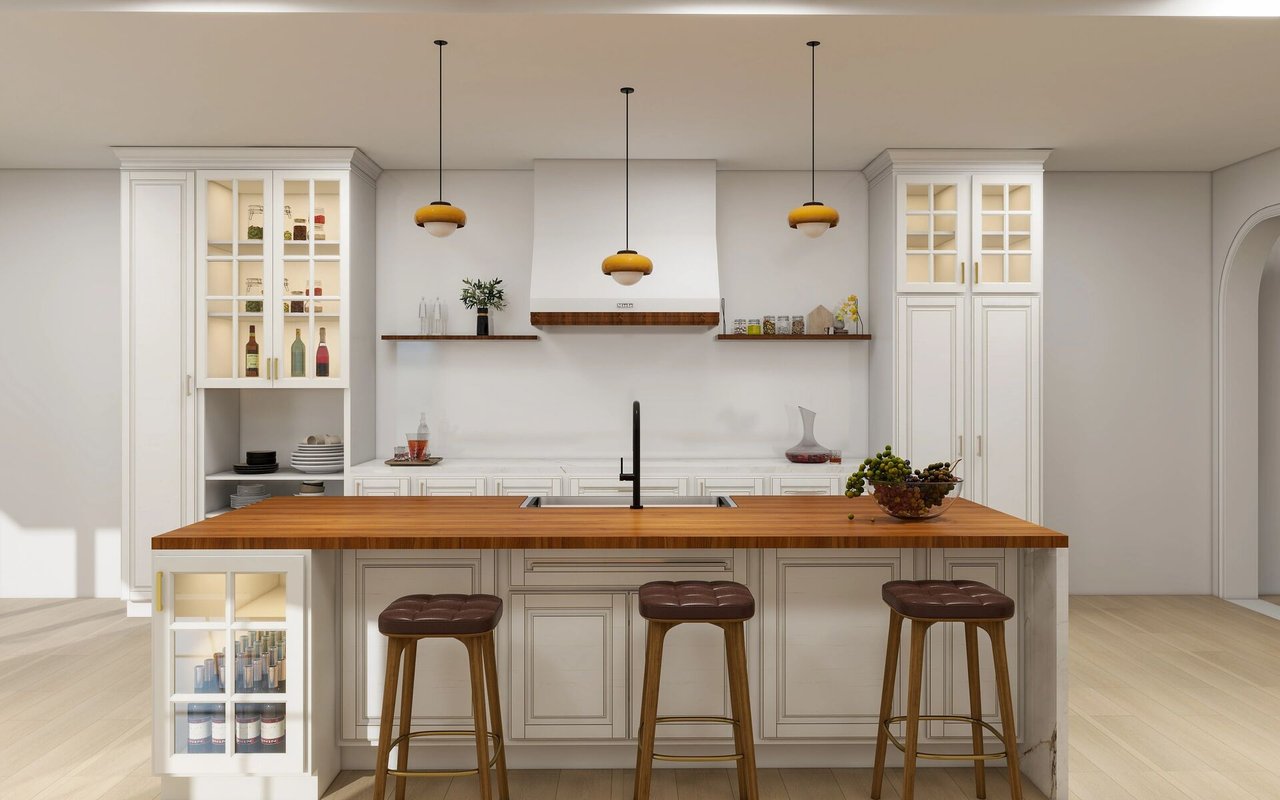
Chef Daniella Ramos Recipes
Chef Daniella Ramos Recipes
Discover Flavorful Dishes, Cooking Tips, and Culinary Inspiration from Chef Daniella Ramos’ Kitchen.
Read Post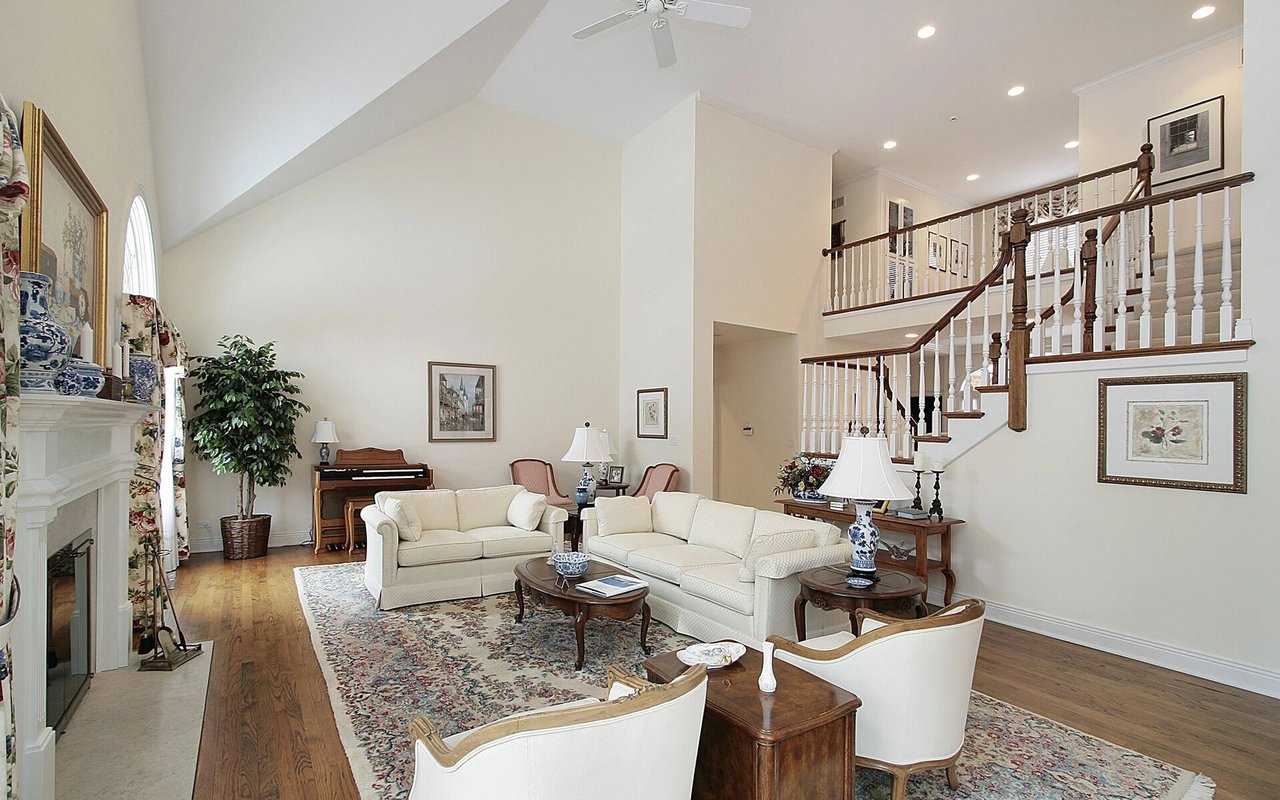
Dorrance Legacy
Dorrance Legacy
The Dorrance Family Ranch rambles over 4,000 acres along the flank of 3,560-foot Mt. Toro.
Read Post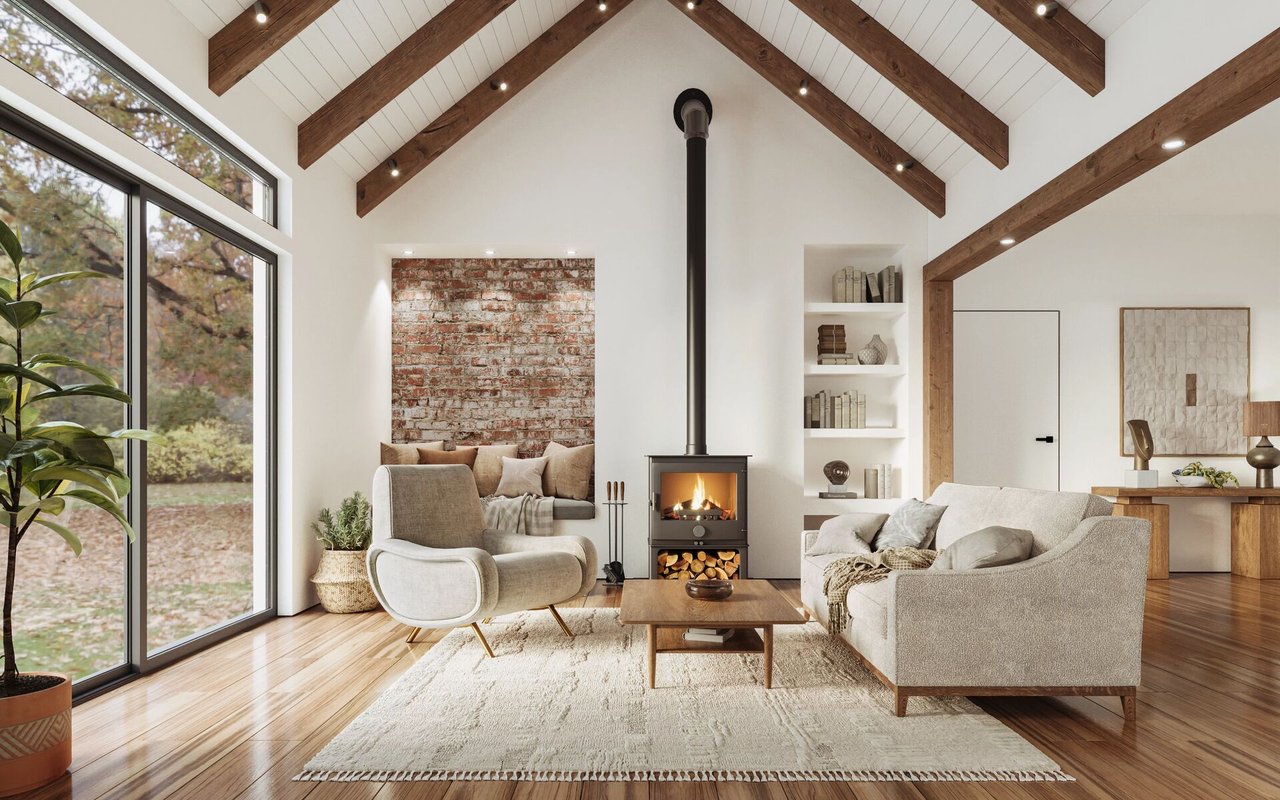
Meditations
Meditations
There may be no better way to appreciate the topography of Santa Lucia Preserve than from the seat of a bicycle.
Read Post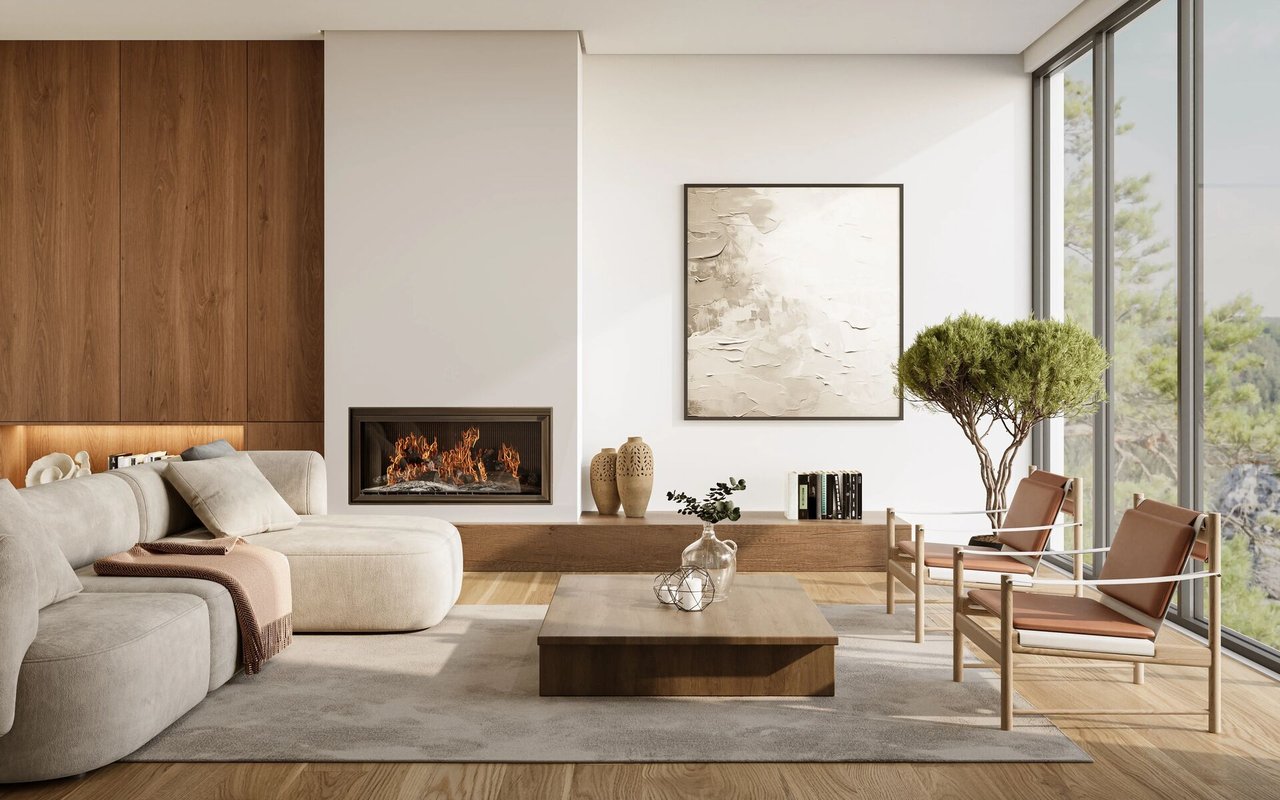
Monterey Jazz at The Hacienda
Monterey Jazz at The Hacienda
Jazz at The Hacienda was the brainchild of Preserve residents Howard and Roz Fisher.
Read Post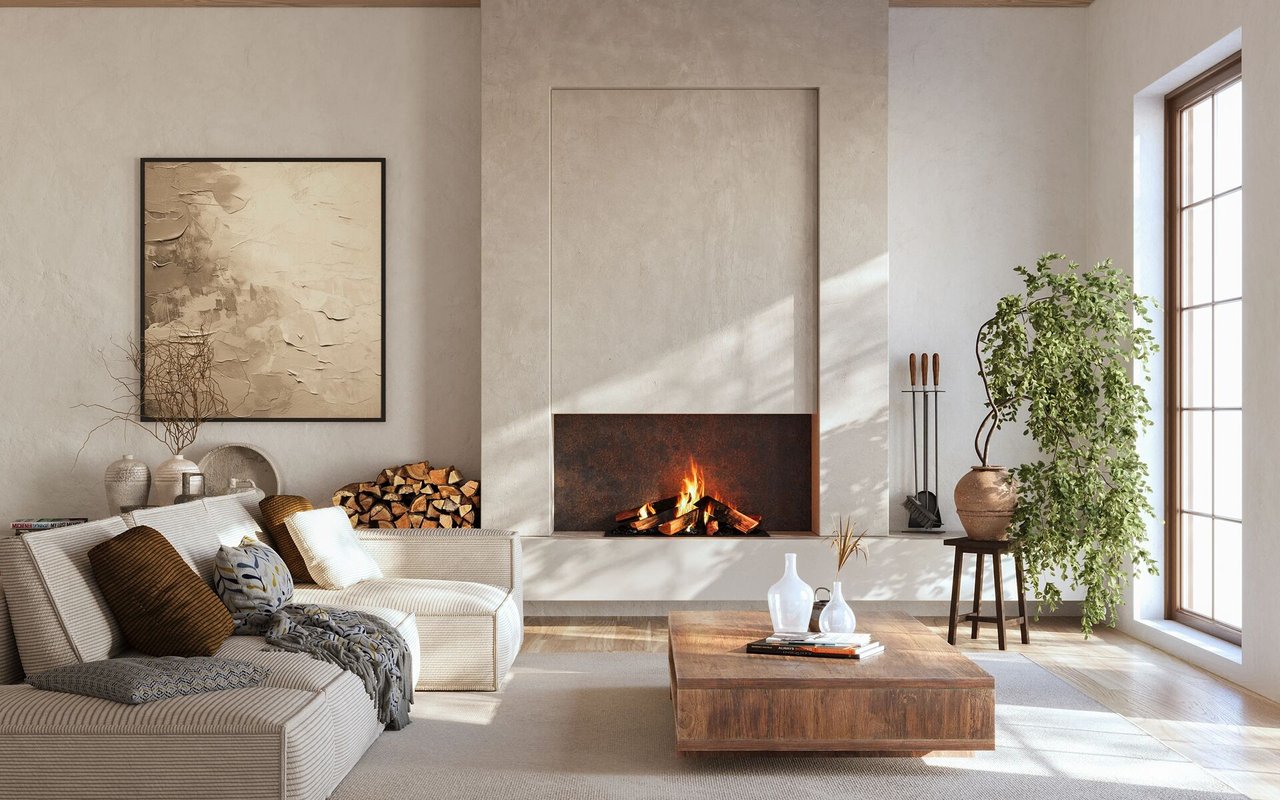
Mushroom Hunt - Michelle Magdalena
Mushroom Hunt - Michelle Magdalena
Rain sets the conditions for these underground networks of threadlike filaments that give rise to mushrooms.
Read Post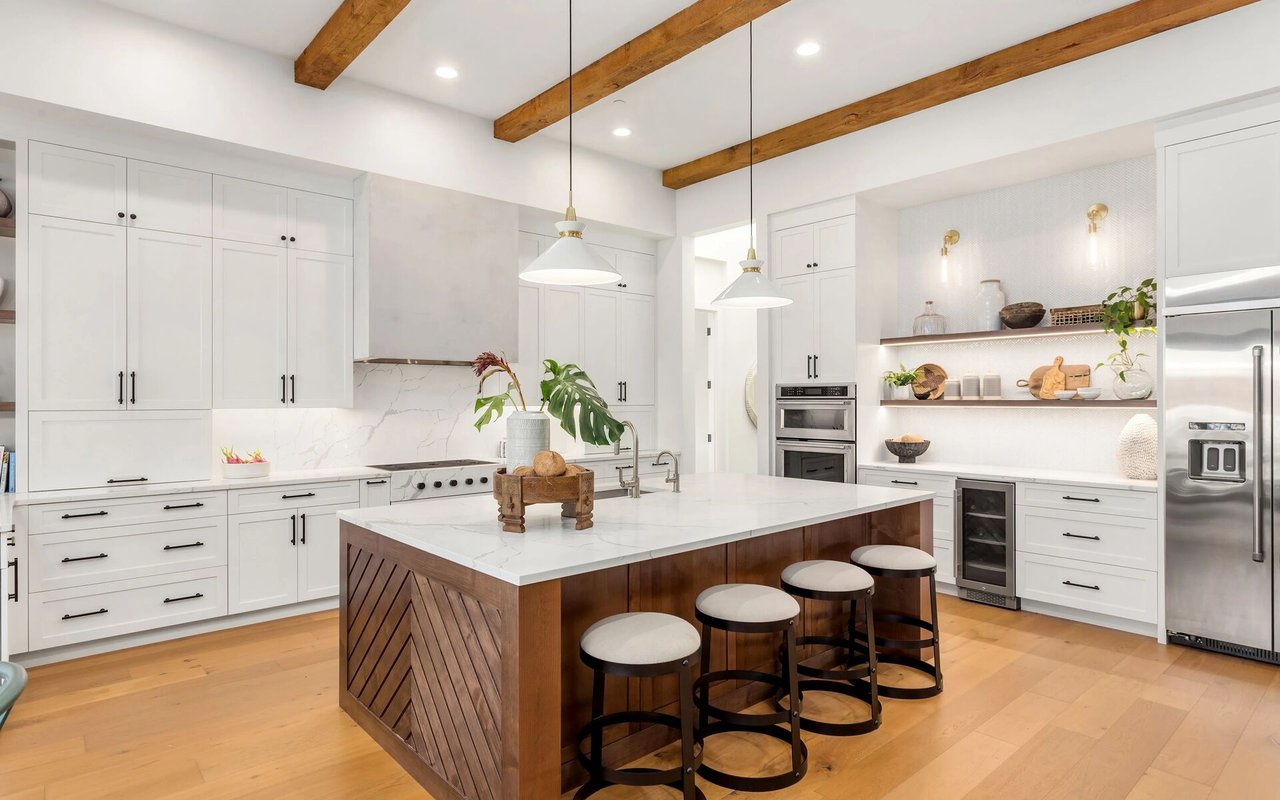
The Pastoral Preserve - David Ligare
The Pastoral Preserve - David Ligare
The beauty of the setting provides the possibility for a rich renewal of spirit and a deepened love and respect for the la...
Read Post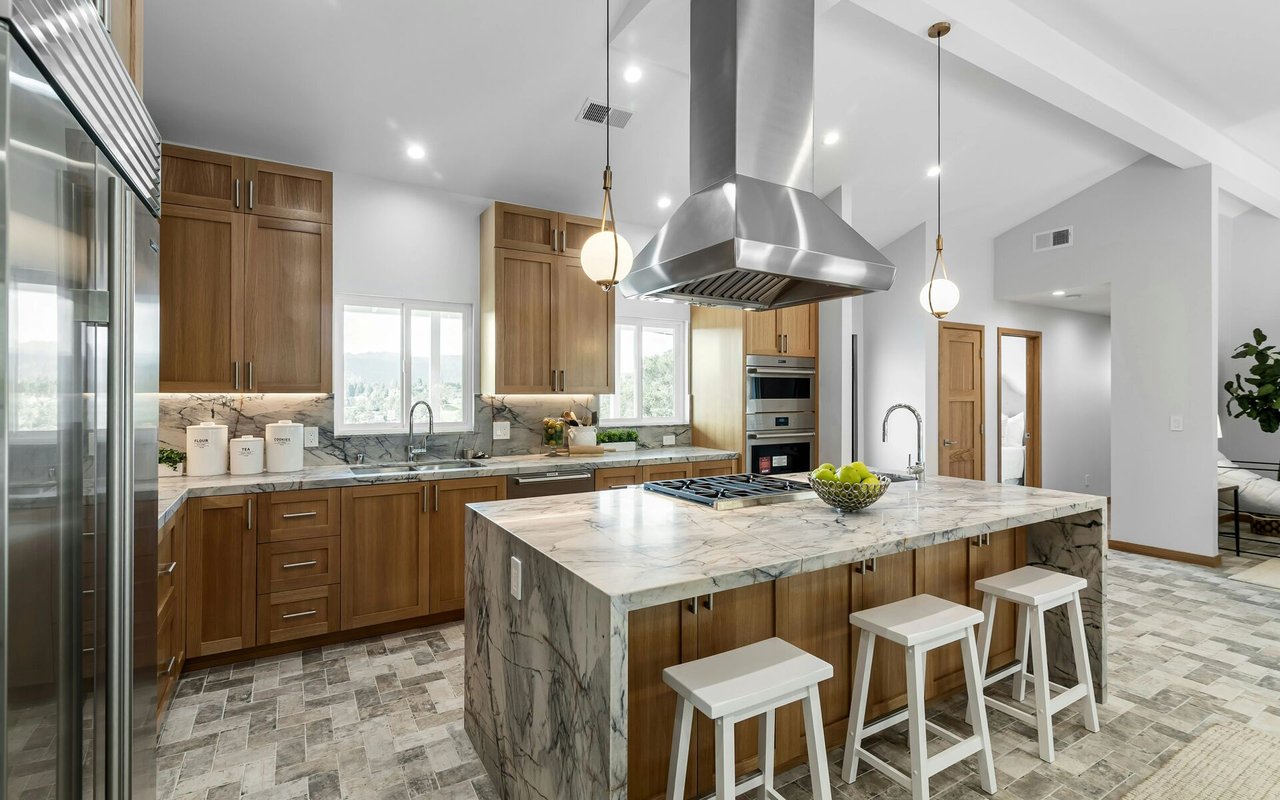
The Value of Play - Patrice Vecchione
The Value of Play - Patrice Vecchione
Like certain other work, writing a book, especially with only three months in which to do so, is an intense, demanding pro...
Read Post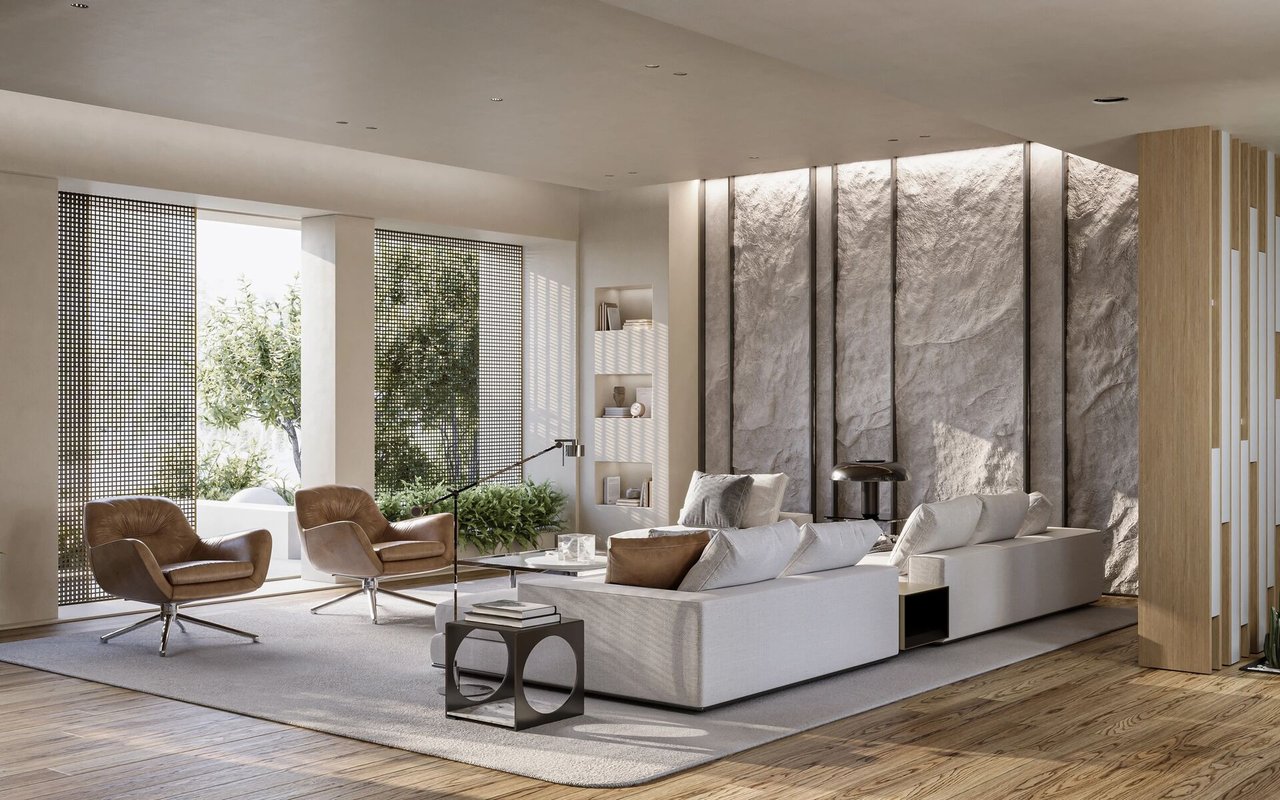
Preserve Magazine Schicketanz Article - Proposed Images
Preserve Magazine Schicketanz Article - Proposed Images
Exploring Schicketanz’s Design Philosophy with Captivating Views of Carmel and Point Lobos.
Read Post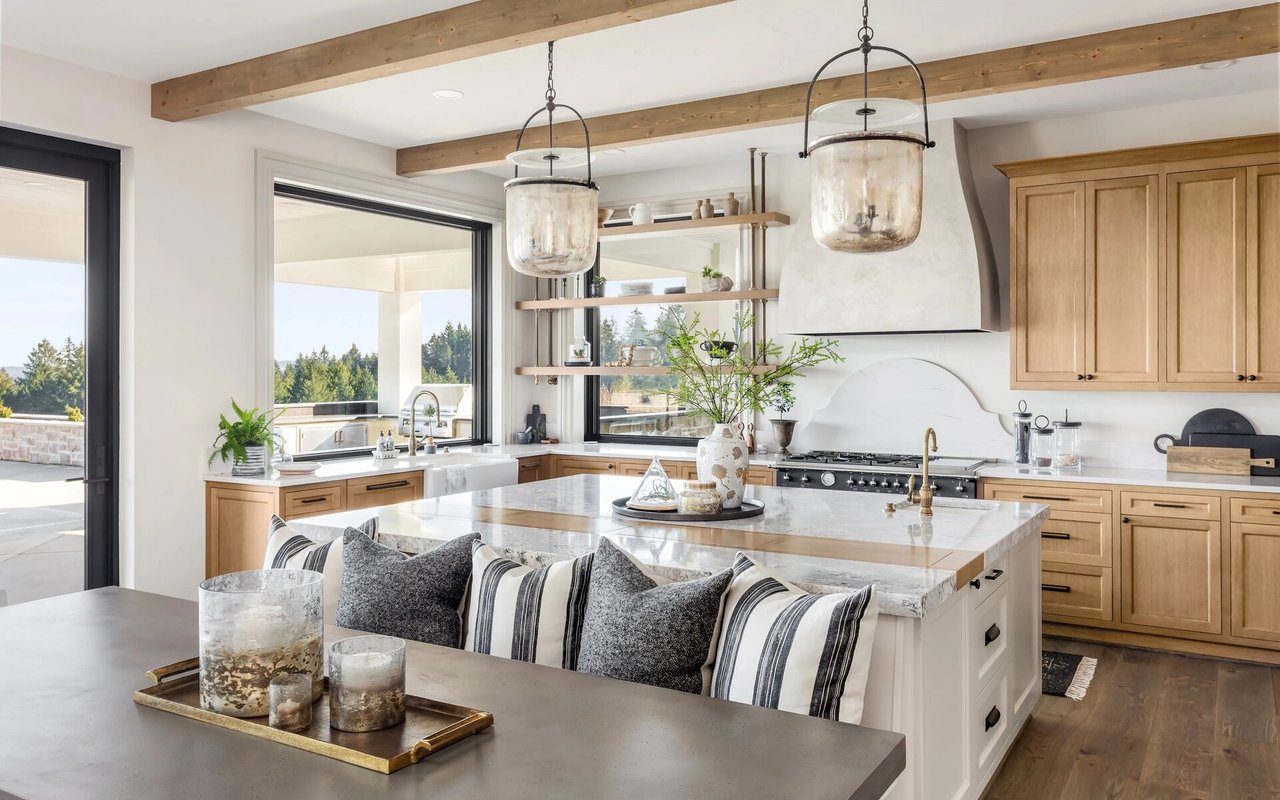
Sign Language
Sign Language
A Visual Journey into the Expressive World of Sign Language, Captured in Magdalena 2019.
Read Post